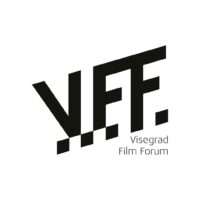Peter Suschitzky, A.S.C.
Creating different (film) worlds
Peter Suschitzky, A.S.C. is a British cinematographer and photographer. Peter was director of photography on more than 50 films, among his most known works are cult classics as Star Wars: The Empire Strikes Back, The Rocky Horror Picture Show, Mars Attacks! and the later films of David Cronenberg since 1988 (Crash, eXistenZ or Eastern Promises). He got a BAFTA award nomination and was honoured at the Cannes Film Festival with the Pierre Angénieux “Excellens” in Cinematography Award.
For me, the key is to be stimulated by the project regardless of whether it’s going to be successful or not. I’m a firm believer in the importance of the context of what we cinematographers do. I think it’s pointless to think that you can do beautiful work on a bad film. Perhaps you can do good work on a bad film but it’s not going to have much meaning. Whereas if you do quite good work, maybe not great work, on a really good film, people will think you’re great and at the same time you’ll be stimulated. Actually I’ve found that I’ve done my best work on the most challenging films. Films which have been most stimulating to work on.
Peter Suschitzky
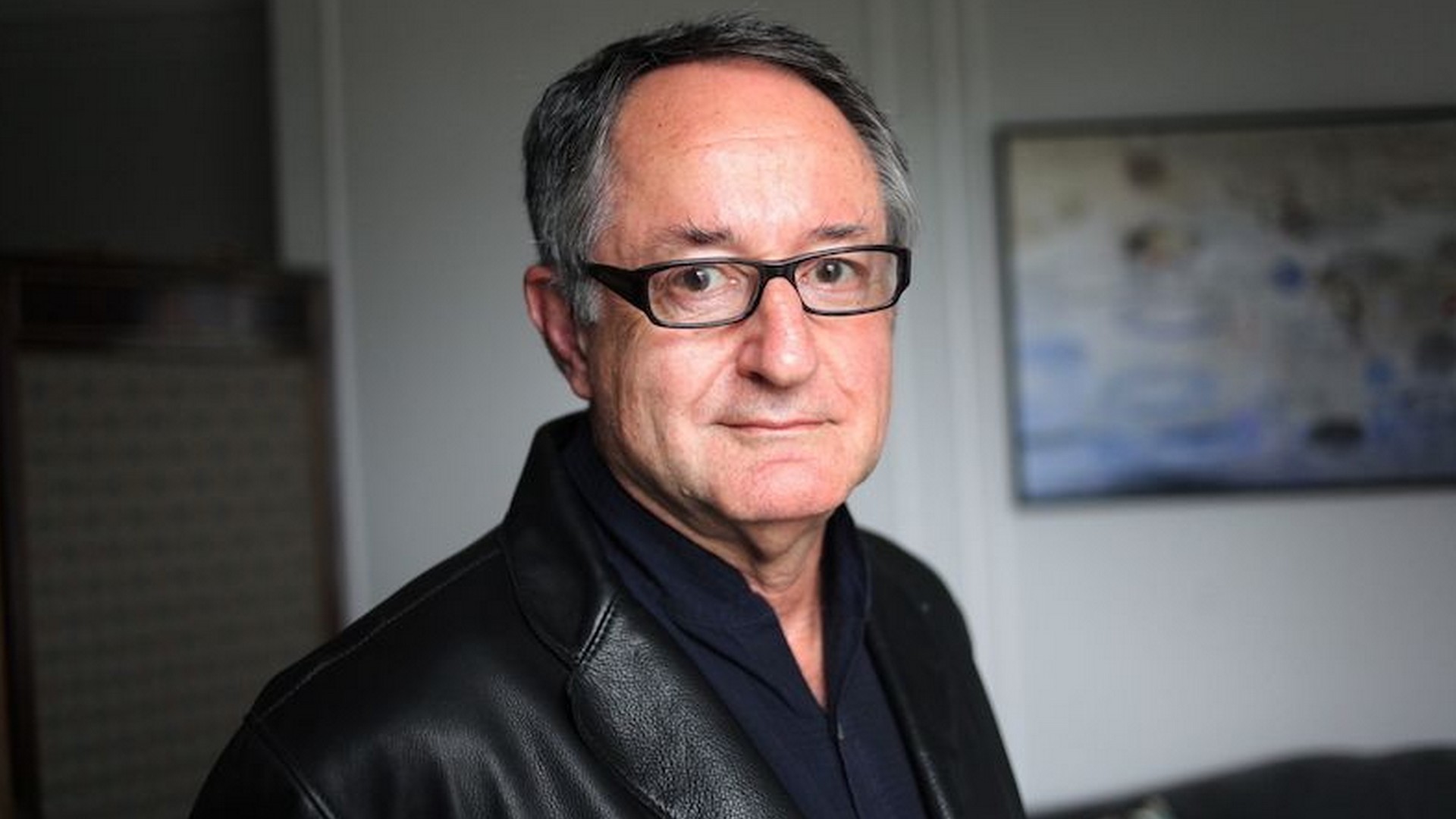
Peter Suschitzky was born in London, England. He is a son of BAFTA Award-nominated cinematographer Wolfgang Suschitzky (known for Get Carter (1971) or Ulysses (1967)). Thanks to that he was surrounded by pictures from his early childhood. He started to take photographs when he was very young, around six years old and he continued also during his teenage years. Although music was his stronger passion, he chose to pursue a career in cinematography. As Peter Suschitzky said: “My father encouraged me to study film and become a cinematographer because he could see that I had a certain talent for it and perhaps I realized that I didn’t have enough talent as a musician to swim to the top or near to the top. So, he said, “We’ll find a film school for you.” He suggested the one in Paris. I went to Paris and sat for the entrance exam and managed to get in. I wasn’t a very good pupil. I was an impatient young man and wanted to start working and getting experience in film. I realized that I wouldn’t learn a lot in film school, and that I could learn a lot more by working. So, I left school after a year and started to work in films as a camera assistant. Since I was a very bad assistant, it seemed necessary (for the sanity of the DPs with whom I worked) for me to become a DP myself. I didn’t spend long as an assistant and I was lucky to get my first job as DP in documentaries at the age of 21.”
Peter Suschitzky was engaged by a German TV company to make documentaries in Latin America, and he spent a year in there as a one-man unit with a journalist. He did both camera and sound. Soon he realized that he’d had enough of shooting reality as he was always interested in fiction films more. So, he came back to England to find some job as an assistant. By coincidence he met his friend Kevin Brownlow, who was preparing low budget war film It Happened Here (1964) and he needed DOP. This was something as breaking point for Peter Suschitzky. After this experience he started to shoot some short films and commercials. Soon Peter Watkins who was preparing his second feature-length film Privilege (1967) approached Peter Suschitzky as a DOP and after that more and more offers to cooperation came. The next project was Charlie Bubbles (1968), the only film that was directed by the actor Albert Finney. “I was a very lucky young man. It was totally unheard of for a DP to be less than 35 or 40 years old in those days. It was a very hierarchical business. You had to pass through each stage of being a second assistant, a first assistant and then a camera operator before you got the break to be, if you were lucky, a Director of Photography,” said Peter Suschitzky.
During next few years Peter Suschitzky made various films that were made in studio or also in real locations. He cooperated with Peter Hall, who was mainly theatrical director on film A Midsummer Night’s Dream (1968), with John Boorman on film Leo the Last (1970) starring Marcello Mastroianni with a premiere in Cannes Film Festival (John Boorman also won Best director award there), following period films Henry VIII and his Six Wives (1972) and Pied Piper (1972). Following the film That’ll Be the Day (1973). Musical drama set in the 1950s, starring David Essex and Ringo Starr, loosely based on John Lennon’s early years.
I certainly would never start a film saying I’m going to use this filter or make it look like that movie or that painting. It comes instinctively and it’s got to fall into place on the first day because the way you shoot the first few shots is going to be the way you continue to work. I don’t have a self-conscious, calculated way of approaching a film.
Peter Suschitzky
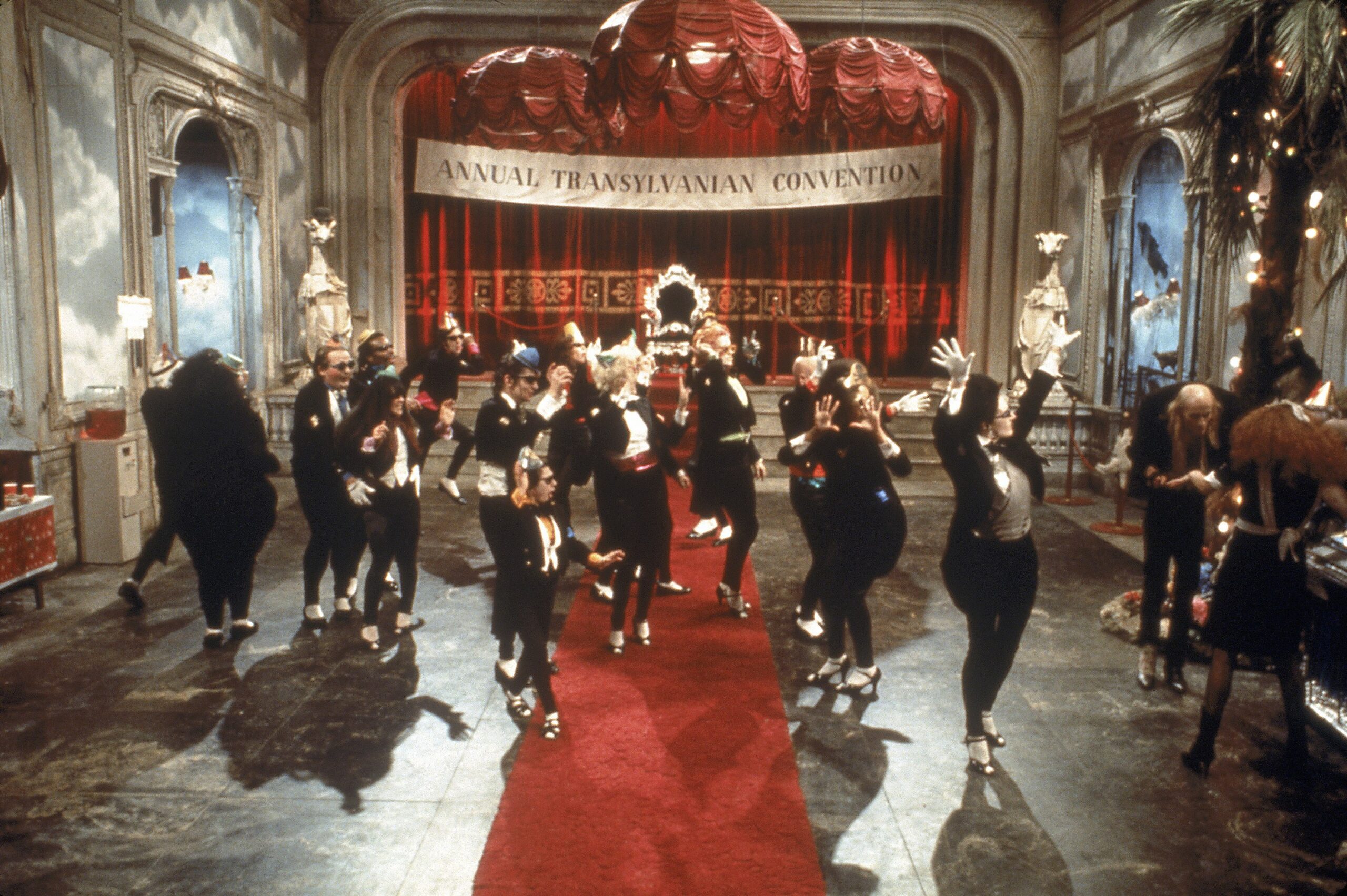
In 1975, Peter Suschitzky shot The Rocky Horror Picture Show, musical science fiction comedy horror film directed by Jim Sharman. The screenplay was written by Sharman and Richard O’Brien based on the 1973 musical stage production, The Rocky Horror Show, music, book and lyrics by O’Brien. The production is a satirical tribute to the science fiction and horror B movies of the 1930s through early 1970s. As said Peter Suschitzky: ”It was both difficult and great fun. It was difficult because we had very little time, we had six weeks to shoot the film in. For a musical that’s pretty short. But the cast all knew their lines and the songs so that speeded things up. But I think it was the first time I had a really stylised film to shoot. I was much more anxious about my craft in those days than I am today, so it was under pressure and stress that I was working. But at the same time, I had the sense that this was something unusual. It wasn’t part of my world at all. I went to see the stage show and the style of music is very far removed from the music I love but at the same time I could see the humour in it. I had no idea that it would age so well or become such a cult film.” The film was shot in the United Kingdom at Bray Studios and on location at an old country estate named Oakley Court, best known for its earlier use by Hammer Film Productions. A number of props and set pieces were reused from the Hammer horror films. Initial reception was extremely negative, but it soon became a hit as a midnight movie, when audiences began participating with the film at the Waverly Theatre in New York City in 1976. Audience members returned to the cinemas frequently and talked back to the screen and began dressing as the characters, spawning similar performance groups across the United States.
Whatever the technology and its advances, the fundamental thing in filmmaking remains the idea and the script. I like to feel free when I start a movie, unencumbered by too many preconceived ideas. I want to be able to react freely to what I see on the day, even if I have made plenty of preparations. I have always, since my childhood, been obsessed with the image.
Peter Suschitzky
In 1977 Peter Suschitzky got a nomination for BAFTA award for the film Valentino (1977) directed by Ken Russel about the tragic and untimely death of a silent screen actor caused female moviegoers to riot in the streets and in some cases to commit suicide. With that film Peter Suschitzky together with the director re-creating the atmosphere silent films including recreations of original sets from silent era. After Valentino (1977) Peter Suschitzky worked on two fantasy films -Star Wars, Episode V: The Empire Strikes Back (1980) and Krull (1983) even though he was not a big fan of fantasy films as they were slow regarding the production process. As he was young cinematographer who liked challenges he agreed to work on these films. Firstly, Peter Suschitzky was approached to shoot also Episode IV but the studio felt that the director, inexperienced as George Lucas was at that time, needed to have a veteran with him. So, they approached Gilbert Taylor (Dr. Strangelove or: How I Learned to Stop Worrying and Love the Bomb, The Omen) who had more experience with these types of films. But at the end it was not a match. Gilbert Taylor accused the director and the producers of being a bunch of amateurs, he said the film would never be a success. So, after the finishing Episode IV, George Lucas suggested the director of Episode V – Irvin Kershner – Peter Suschitzky as a DOP again. “They came back to me for the next film, and I said, “I still don’t have the special effects experience”, and the answer this time was “It doesn’t matter. You come to San Francisco for a few days, and we’ll take you round and you ‘ll meet all the technicians and we’ll talk about everything that we might be doing.” So that’s how I became involved in it, and yes, I’ve always loved being taken on a journey out of my world whether it’s in today’s world but a completely different experience or another planet, doesn’t matter so long as I’m taken on a journey that enthrals me, I don’t mind. And this being not related to our world, gave me, I felt, a lot of freedom to enter a fantasy world. And when it came to the last scene in the film that we were going to shoot which was the fight on the ramp, the production designer said to me “We’ve run out of money we don’t have money to build a set, I can build a ramp and a bit of pipework in the foreground” and I said, “Well I understand, don’t worry, I can do the rest with light and some smoke and steam.” And I was just able to use my imagination a bit and come up with a solution to the problem. So, I’ve enjoyed creating different worlds”, said Peter Suschitzky about the experience of work on Empire Strikes Back.
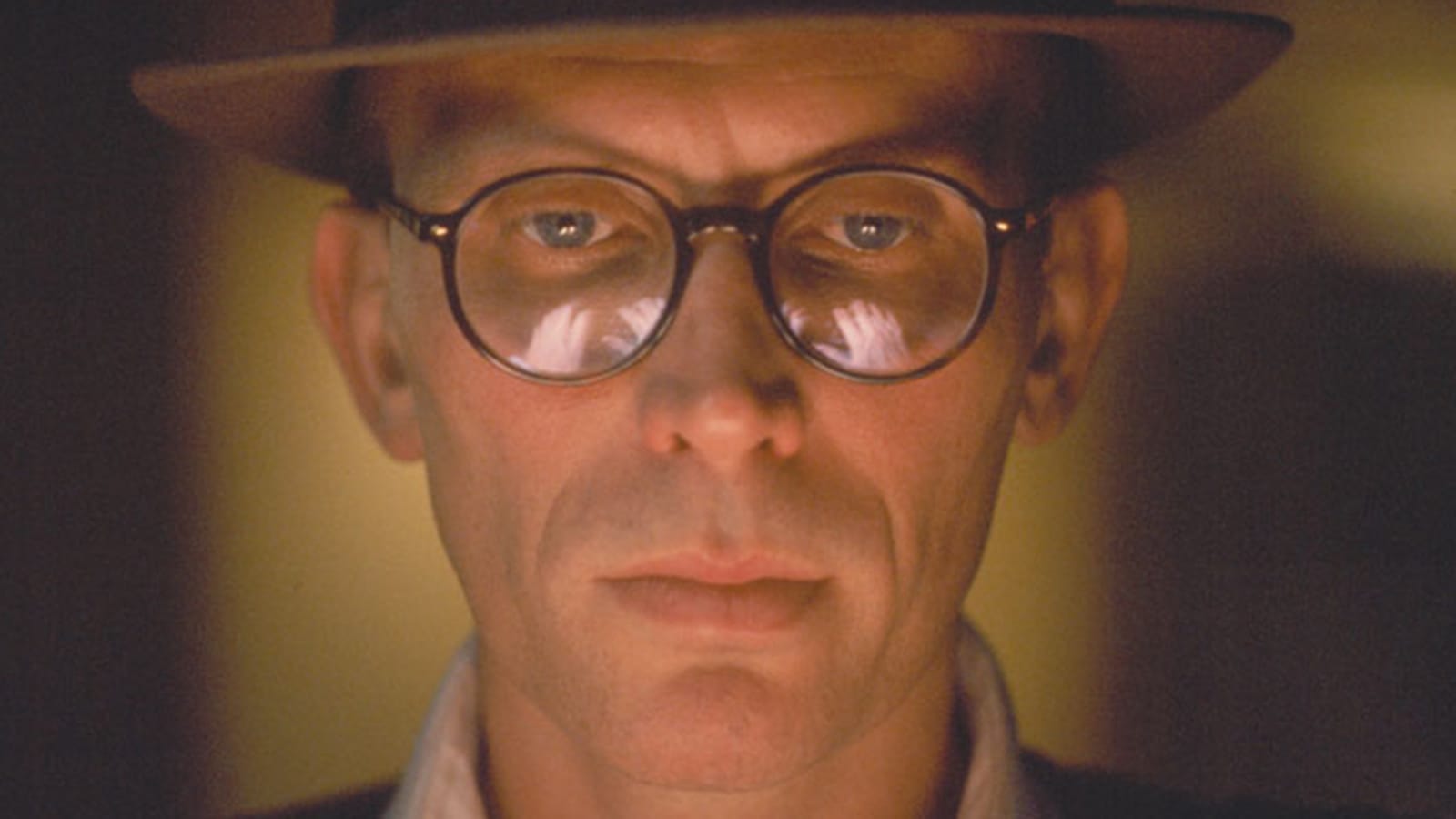
Peter Suschitzky met David Cronenberg before the shooting of Dead Ringers (1988) for which he looked for a DOP. He had some cinematographers on his list and Peter Suschitzky was one of them. As Peter Suschitzky said: “Something clicked. We liked each other, although I didn’t know any of his work, because I knew of him as a horror director, and I don’t like watching horror films. So, I hadn’t watched any of his movies. I say that with a sense of shame.” Dead Ringers (1988) was the start of long-term collaboration between David Cronenberg and Peter Suschitzky. They worked together more than 25 years. “ He chooses extraordinary stories that are not commercial and he doesn´t incline to shoot commercial movies. He of course is aware how much does the film cost and how much should he earn to be able to shoot next movie but he doesn´t let it worry him. He always wants to make totally different film to the previous one, he doesn´t repeat himself. He is super intelligent man and has the biggest intellect of all directors I have worked with. For me it´s pure joy to work with him, he doesn´t waste time and exactly knows what he wants.” said Peter Suschitzky. Dead Ringers (1988) were followed by films as Naked Lunch (1991), M. Butterfly (1993), Crash (1996) or eXistenZ (1999). All of them are for now considered as a cult classics of 90s cinema.
In 1996 Peter Suschitzky teamed up with Tim Burton on the film Mars Attacks! (1996). Director Tim Burton hired Peter Suschitzky as the cinematographer, because he was a fan of his work in David Cronenberg’s films. During production, Burton insisted that the art direction, cinematography, and costume design of Mars Attacks! incorporate the look of the 1960s trading cards “In the case of Tim Burton, he likes to decide every shot himself. He’s a very private person as well. He doesn’t like to see the dailies with anybody. He likes to see them on his own, which was for me a first,” said Peter Suschitzky
Peter Suschitzky´s collaboration with David Cronenberg continued also in 00´s with titles Spider (2002), A History of Violence (2005), Eastern Promises (2007), A Dangerous Method (2011) or Cosmopolis (2012). Peter Suschitzky first time used a digital camera – the Alexa, during Cosmopolis shooting. It was the first experience not only for Peter Suschitzky but also for David Cronenberg with digital camera shooting. “We saw films shot on the Alexa and thought yes, I encouraged him to shift into digital photography. And I have to say that, after half an hour on the first day of filming, I said to myself well I actually never want to go back to film again. This is for me, I can see exactly what we’re going to get on our high definition screen and no secrets no mystery, the only downside is that the viewfinder’s not very good, at that stage it wasn’t, and the viewfinder was always part of my body, the camera felt like part of my body and I lit through the camera and I was no longer able to do that. That was the new thing I had to get used to, our power and mystery was diminished because on film the director of photography was the only person who knew what it would look like, more or less, the next day when we saw the film, the rushes. Now, everybody can see it and there’s a chance for people to give their opinions if they want to. I’ve never had a problem with that myself but I’m sure some people do have that problem quite frequently.” The last title that Peter Suschitzky and David Cronenberg made together was Maps to the Stars (2014) – Hollywood satire-nightmare turns ludicrous situations into operatic tragedy written by Bruce Wagner.
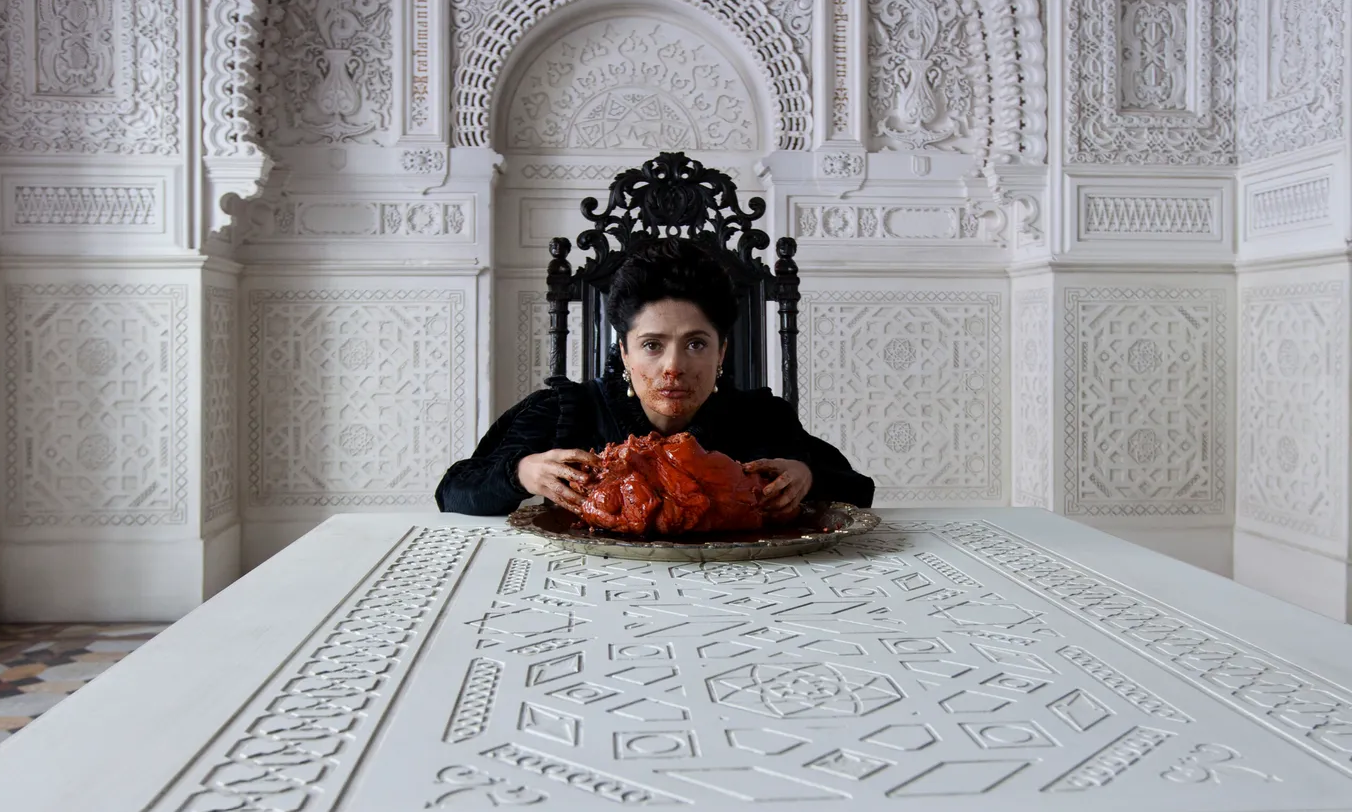
At that time Peter Suschitzky was approached by Matteo Garrone to collaborate on the title Tale of Tales (2015). The film was premiered in Cannes and Peter Suschitzky received that year Pierre Angénieux “Excellens” in Cinematography Award. Garrone deploys all the classic Medieval characters – the witch queen and terrifying mother, the father-ogre, the wizard, the young hunter, the vagabond, the hero and the seductive princess – maintaining the horror that has characterised all his films and building his own bridge to the present day, but in a new sumptuous, cinematic way that is more entertaining. “Tale of Tales was, without a doubt, the hardest film I have ever had to film. It was almost 100% shot using a Steadicam, and even in the parts of the film where that doesn’t show, the frame is always sort of suspended in mid-air. Mateo Garrone couldn’t help himself but to use this sort of floating camera on this film, and he doesn’t like to give directions or precise stage instructions to the actors. There were no marks on the ground, the camera literally followed the actors around in function of their motions and their inspiration.”
Tale of Tales (2015) has been the last film that Peter Suschitzky shot “To tell you the truth, I haven’t found a good project that was interesting. I give a lot to the films that I work on, both creatively and emotionally. It’s hard. I don’t want to work on a film that I don’t respect”, said Peter Suschitzky.
Peter Suschitzky has been the recipient of four Genie Awards for Best Achievement in Cinematography, and a David di Donatello Award for Best Cinematography. He is featured in the book Conversations with Cinematographers, published by Scarecrow Press. In 2015 was published also his own photobook Naked Reflections.
